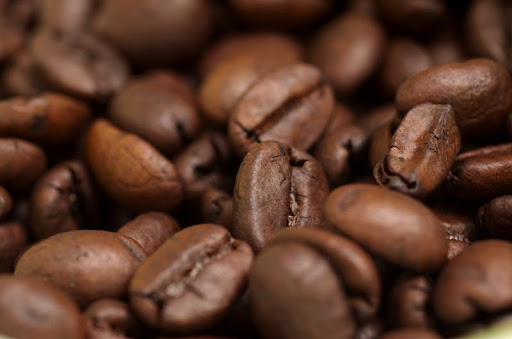 Colombia’s largest coffee-growing province may post lower production this year unless there’s enough sunshine in the next few weeks to allow plants to flower and later bear fruit, according to a grower’s leader.
Colombia’s largest coffee-growing province may post lower production this year unless there’s enough sunshine in the next few weeks to allow plants to flower and later bear fruit, according to a grower’s leader.
Output in Antioquia will probably equal or fall below last year’s 1.43 million bags, Luis Fernando Botero, the regional executive director at Colombia’s National Federation of Coffee Growers, said in an interview in Medellin. Production for the first-half will fall after wet weather, he said.
“If it starts to rain again, we’d have to say the volume will be very low,” Botero, 55, said on a warm, cloudy day in central Colombia. “The damage to the first half is done.”
Arabica-coffee futures for March delivery surged 7.2 cents, or 3.1 percent, to $2.3900 a pound on ICE Futures U.S. in New York at 10:06 a.m. The price earlier rose as much as 4.3 percent, the biggest gain in intraday trading since Dec. 21.
Rainfall across Antioquia late last year hampered plants from flowering. Growers in Antioquia harvest about 35 percent of the year’s total crop in April and May, and the remainder at year-end. High humidity has also aided growth of a fungus known as roya that attacks plants’ leaves and reduces yields.
Before today, coffee futures rallied 67 percent in the last year in New York, in part on concern of reduced supply from Colombia, the world’s second largest supplier of the mild- tasting Arabica bean after Brazil.
‘Good Weather’
So far this month, growers have had three straight weeks of “good weather,” Botero said.
In the Colombian Andes mountain range, where coffee plants are grown on steep hillsides, farmers will have dry weather in the morning and light rain in the afternoon through Jan. 23, according to a forecast distributed by the state-run Institute of Hydrology, Meteorology and Environmental Studies.
Traders are betting Colombia’s harvest this year will rise to 9 million-to-9.5 million bags because of better climate conditions, boosting supplies of high-quality arabica beans, Hernando de la Roche, a director at Hencorp Futures in Miami, said by telephone on Jan. 18. In 2009, production fell by 32 percent to 7.8 million bags, the lowest since 1976.
Each bag weighs 60 kilograms, or 132 pounds.
‘Worst Since 1980s’
Even with more sunshine, Antioquia’s farmers probably won’t produce at levels prior to the 2009 slump for another two years, Botero said.
Farmers are battling the worst outbreak of roya since the fungus first arrived in Colombia in the 1980s, he said. High fertilizer prices had discouraged usage prior to the heavy rainfall, leaving plants vulnerable.
“We were caught off guard,” Botero said. “If roya hits a tree hard, it takes two years to recover.”
About 46 percent of Antioquia’s farms are planted with varieties of coffee vulnerable to roya. The growers’ federation is helping more farmers sow disease-resistant plants, which need a few years of growth to reach full production, he said.
Last month, parts of southern Antioquia received 337 millimeters (13 inches) of rain, more than twice the monthly average for December in the prior four decades, according to Colombia’s
National Center for Coffee Investigations’ El Rosario weather station.
(Source: http://www.coffeeasean.org/details.asp?Object=5&news_ID=25180323)

No comments:
Post a Comment